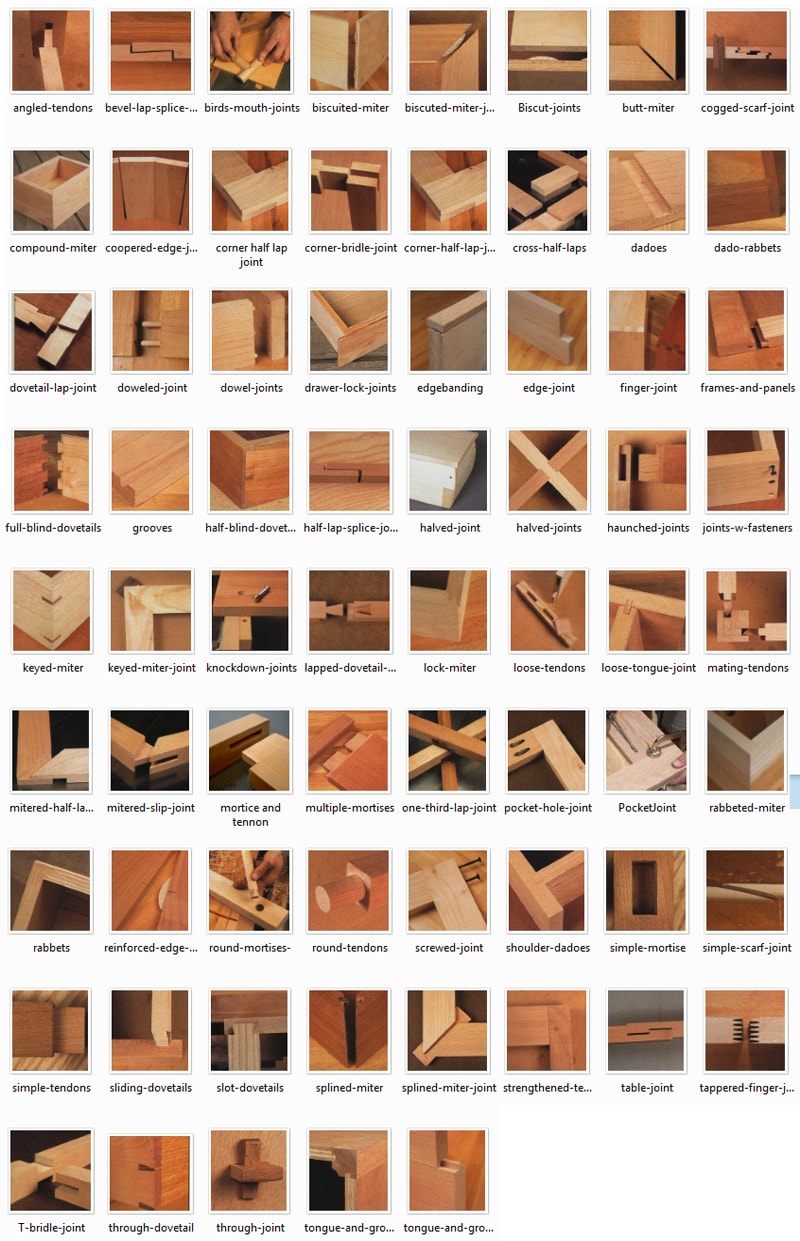Some wood joints employ fasteners, bindings, or adhesives, while others use only wood elements. the characteristics of wooden joints - strength, flexibility, toughness, appearance, etc. - derive from the properties of the materials involved and the purpose of the joint.. The mortise and tenon joint is one of the oldest forms of wood joints used. like the tongue and groove joint, it involves one board being fitted inside of a second board. the mortise is a square hole carved into the side of a board.. Mortis and tenon joints have been used for a long time, it is an old form of wood jointing. the purpose of this type of jointing is to fit one board inside of a second board. the mortise is a small hole cut into the side of a board, while the tenon is a piece which sticks out on the end of a second board..
Examples of mortise and tenon joints can be found in woodworking projects that are centuries old. the premise of a mortise and tenon joint is simple: a hole in one board, known as a mortise, is cut to accommodate a pin on another board, called a tenon.. Pocket joints can even be used to connect angled joints in woodworking projects such as braces for leg rails. the box wood joint the dovetail joint is a classic, beautiful & strong method for connecting two pieces of stock.. The glued joint he glued joint in its various forms is in use in every country in the world, and is joints for c urved w ork 172 miscellaneous j oints 176 puzzle j oints 189 index 209 staircase of the second half of seventeenth century..

0 komentar:
Posting Komentar